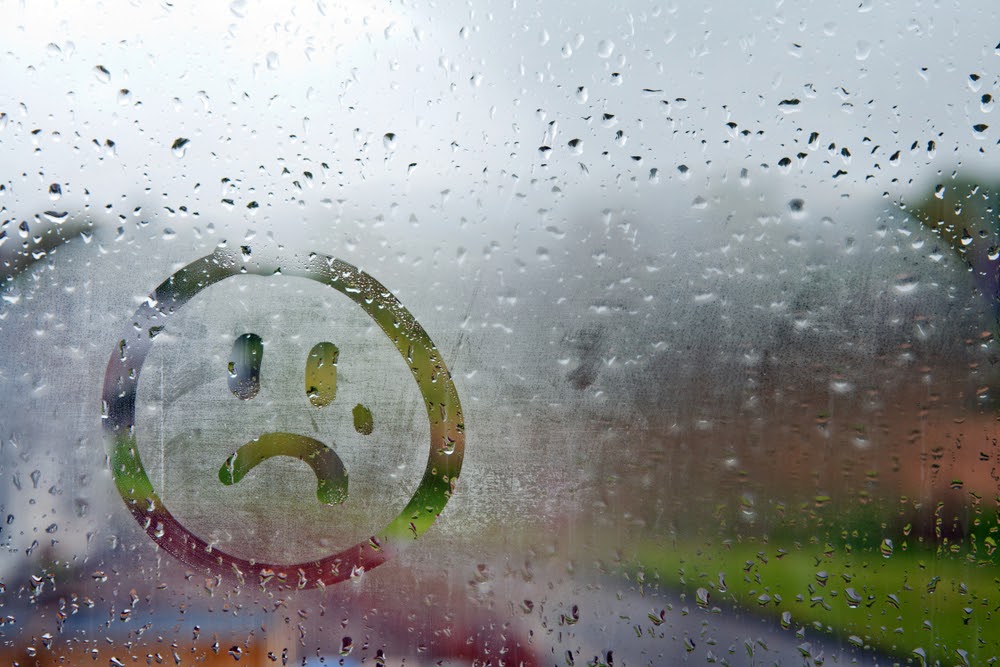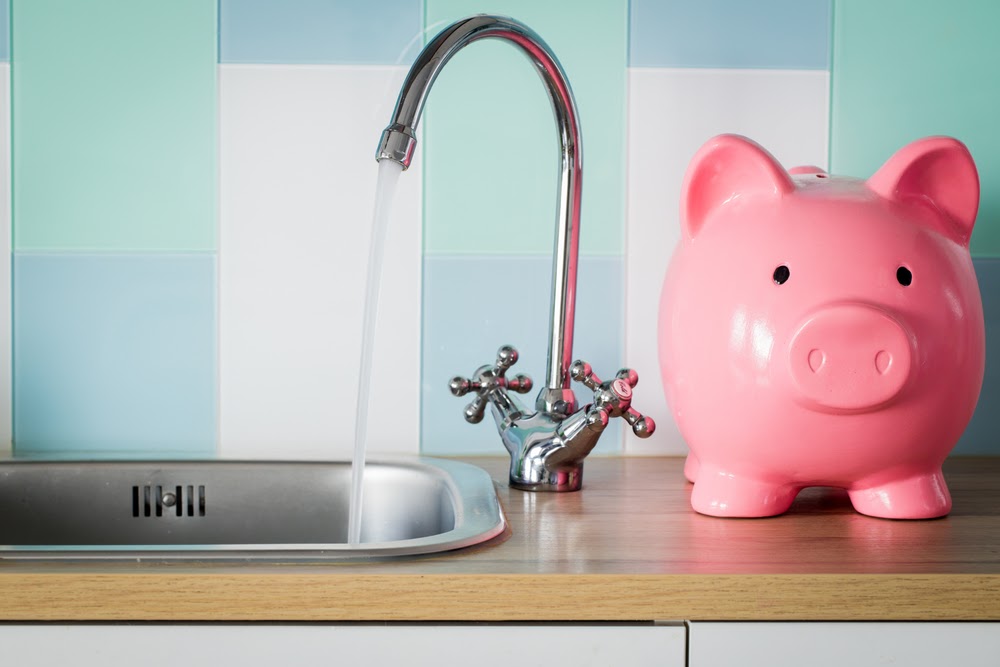Benefits of Using an Energy-Efficient Shower Head
Lots of homeowners enjoy a nice leisurely hot shower. This might be a wonderful morning routine or perhaps a restful relaxing way to help wind down before bed. While that hot shower might feel great, homeowners also could be putting a strain on their water budget and literally pouring water down the drain.
Upgrading to an energy-efficient shower head saves water and money. Changing out the shower head also might be an easy DIY home improvement project (for those who are handy and confident to take on this task). Home Depot even offers a tutorial for the DIY job.
And the best part? There are energy-efficient shower heads at all price points!
What is an Energy-Efficient Shower Head?
A shower head doesn’t use electricity or another energy source. However, it does use–and directs–the flow of water. An energy-efficient shower head is one that features a low-flow design.
What is the standard flow rate of today’s showerheads? In 1994, the standard gallons per minute (GPM) was designated to be at maximum 2.5…meaning 2.5 gallons per minute. Delta notes that the state of California passed its own law decreasing flow rate to less than two gallons per minute.
Before 1994, though, the flow rates were much higher. Delta states that some older shower heads exceeded a flow rate of five gallons per minute. This is important for homeowners to understand, because if they live in an older home, their shower head might be wasting a LOT of water during those daily showers.
Just how much water does a low-flow shower head conserve? Obviously, the shorter the shower, the less water a homeowner will use. When choosing energy-efficient shower heads, homeowners should look for products with the WaterSense label. Any shower head bearing this label must have a flow rate that does not exceed two gallons per minute.

Does a Low-Flow Shower Head Ruin the Shower Experience?
Some homeowners may wonder if a shower head that uses less water feels different or decreases the relaxation of the shower. Most homeowners are using lower-flow shower heads if their home is newer. Even a shower head that uses less than 2.5 gallons per minute likely wouldn’t change the relaxation of the shower. A low-flow shower head also doesn’t necessarily mean just a drip of water. It might take a bit of adjusting, but the payoff for both the environment and the water bill might be worth it.

Use Other Energy-Efficient Products, Change Habits and Let the Savings Flow
While homeowners can choose a low-flow shower head to help conserve water and save a little bit of money on that monthly bill, other habits also can increase a water bill and waste precious resources. In different parts of the country, water can be limited; in California, for example, Governor Gavin Newsom recently announced that water restrictions could be coming for residents in the near future. In places where water use isn’t restricted, though, homeowners might not be as mindful about what they use…and what they waste down the drain.
If the water bill is flooding the budget, homeowners might need to look at making changes or adding more energy-efficient products (like low-flow faucets). Checking under sinks and looking at pipes and plumbing could help determine if a leak is leading to a high water bill. However, sometimes water use is simply high because of habits. Homeowners might not always realize that they are wasting water.
There are a number of ways to decrease water use every day. Some may be easy changes…others might be tough for some homeowners to embrace:
- Take a shorter shower. Set an alarm for 10 minutes, and try to finish before the timer goes off.
- Install low-flow faucets or faucets with sensors. This can help lower water waste.
- Remind children to turn off the faucet when washing their hands.
- Take a shower not a bath. A bath uses about 30 gallons, but a 10 minute shower will only use 25 (with a post-1994 showerhead).
- Don’t wash small loads of laundry. Wash only full loads!
- Wash full loads of dishes, too. Also, washing dishes by hand uses more water than the dishwasher.
- Install energy-efficient toilets.
- Opt for energy-efficient appliances to decrease water use (dishwasher, washing machine)
Installing a low-flow shower head is a fairly easy DIY project for homeowners (if they feel up to the task). While modern shower heads have a flow rate of 2.5 gallons per minute, there may be even more efficient options on the market.
Choosing energy-efficient shower heads can save water and, hopefully, decrease the volume of the water bill, too! Homeowners who are looking to drain their water bill even lower, though, can make a few simple changes to conserve water and decrease their waste of this precious resource.


